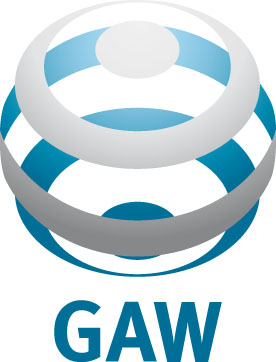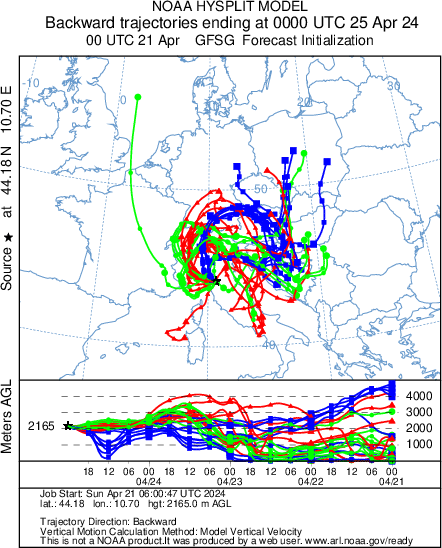Methane (GC-FID)
Starting date: 1-7-2008
Status: stopped
Instrumentation and calibration: Methane is measured by using a customized GC-FID (Agilent 6890N ). Separation is performed on a double column system (precolumn/backflush: Unibeads 1s; analytical column: Molecular SIeve 5A), isothemrically. Length of run is 15 min long. Each ambient air sample is bracketed with calibration runs. The working standard are based on NOAA2004 scale.
Project affiliation (s) Present: GAW-WMO
Related research programmes
- Tropospheric background condition
- Greenhouse gases
- Long-range transport
Why is this research important? Following water vapor and carbon dioxide, methane (CH4) is the most abundant greenhouse gas in the troposphere. Concentrations of CH4 have more than doubled since pre-industrial times, with a current globally-averaged mixing ratio of 1750 ppbv. CH4 has a 100-year global Warming Potential (GWP) of 21 and an atmospheric life time of 12 years. Additional CH4 is actually much more effective as a greenhouse gas than additional carbon dioxide. Methane is also the most abundant reactive trace gas in the troposphere and its reactivity is important to both tropospheric and stratospheric chemistry. In fact, in troposphere, the oxidation of CH4 by hydroxyl radical (OH) leads to the formation of formaldehyde (CH2 O), carbon monoxide, and ozone if enough nitrogen oxides are present. Thus. along with CO, CH4 is a key compunds in the definition of tropospheric OH levels. In stratosphere, CH4 affects the concentration of water vapor and ozone. It plays a key role in the conversion of reactive chlorine to less reactive HCl in the stratosphere. For understanding the factors influencing the tropospheric CH4 budget, continuous monitoring in background conditions (like at the ICO-OV) represents a fundamental activity.
Quick look

Time series of CH4 measured at the ICO-OV (blue dots) and measurement reproducibility (red dots) calculated by the standard deviation of the recurrent reference gas mixture analysis on a daily basis.
Organization (s): Urbino University Dipartimento di Scienza di Base e Fondamenti piazza Rinascimento 6, I-61029, Urbino ISAC-CNR Via Gobetti 101, I-40129, Bologna www.isac.cnr.it
Contact persons: Prof. Michela Maione e-mail: michela.maione [at] uniurb.it phone: +39 0722 303316
Dr. Jgor Arduini e-mail: jgor.arduini [at] uniurb.it phone: +39 0722 303316
Dr. Paolo Bonasoni e-mail: p.bonasoni [at] isac.cnr.it, phone: +39 051 6399590
Where can I find the data? World Data Centre for Greenhouse Gases (WDCGG) or by direct request to: michela.maione [at] uniurb.it, jgor.arduini [at] uniurb.it



